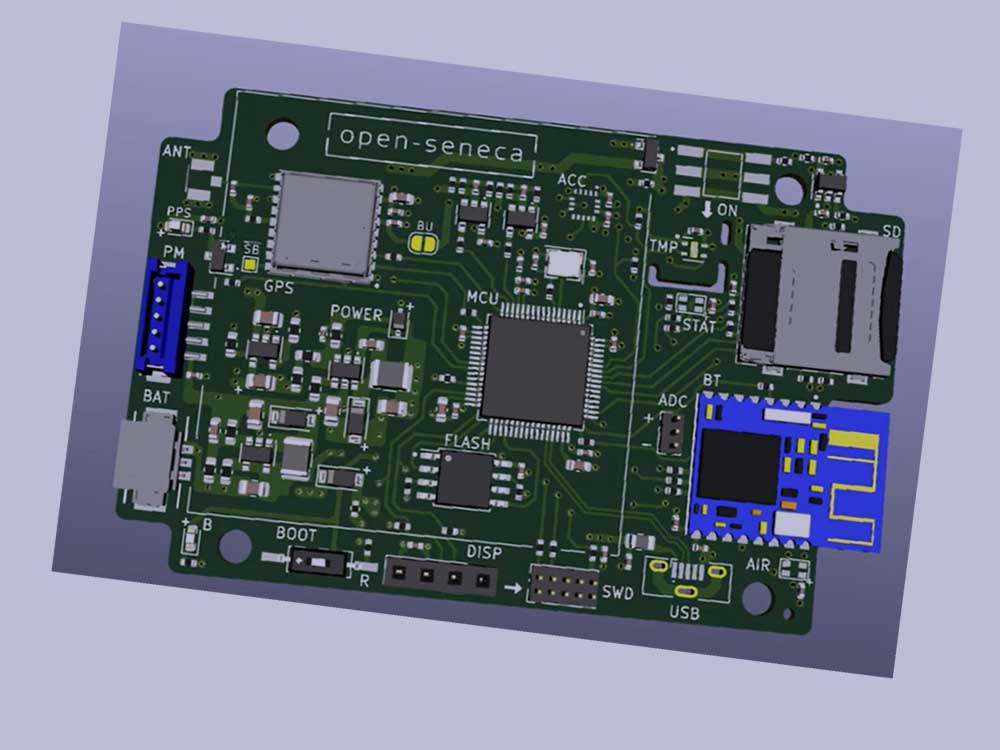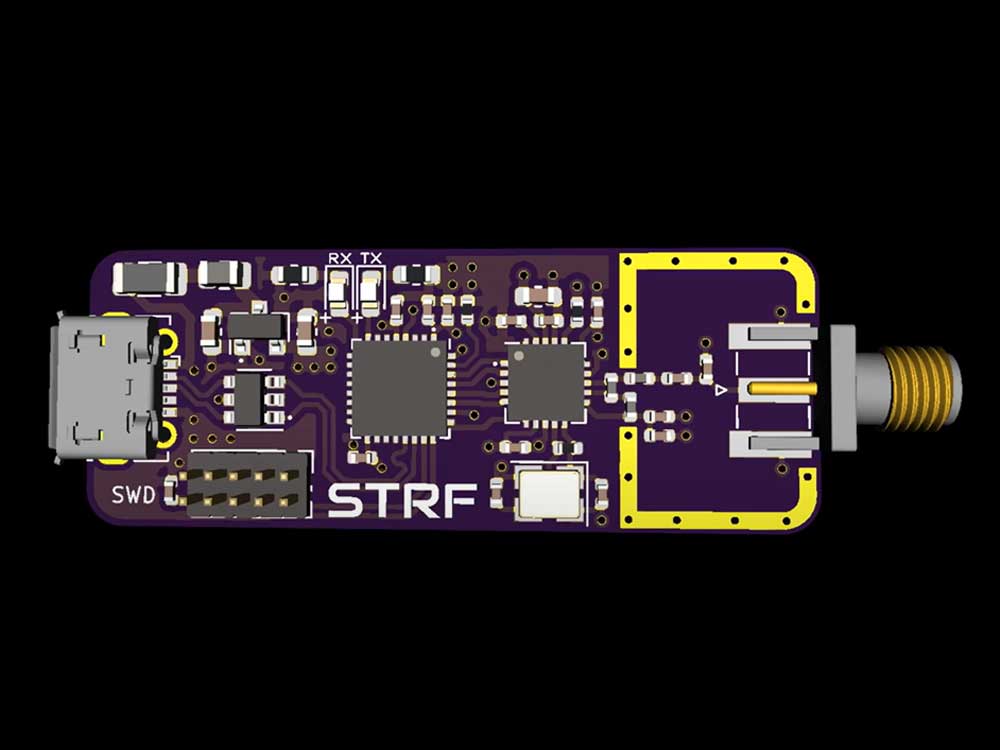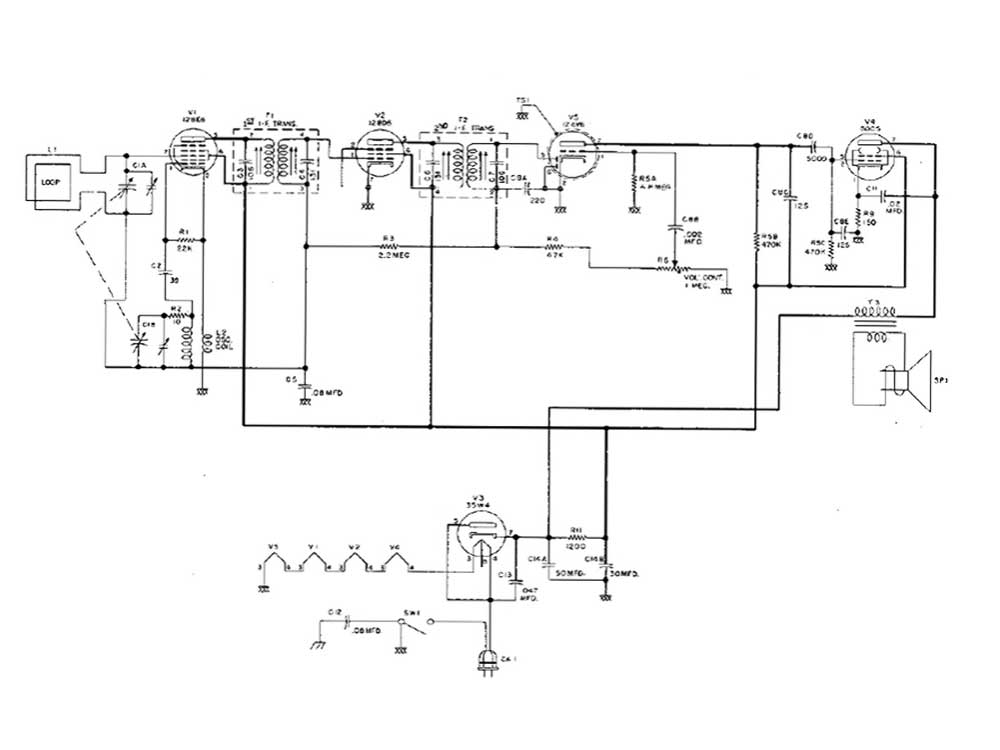Radio frequency (RF) filters play a vital role in wireless communication systems. Their working principles are mainly based on the propagation characteristics of electromagnetic waves and the response characteristics of circuits.
This article will conduct an in-depth study and analysis of the working principle of RF filters, aiming to explore its performance characteristics and application scope.
Basic principles of RF filters
An RF filter is an electronic device used to filter a specific frequency range. The basic principle is to use the frequency response characteristics of the circuit to pass signals of specific frequencies through the filter while blocking signals of other frequencies. In wireless communication systems, RF filters are mainly used to filter, extract and suppress signals, thereby improving signal quality and stability.
Classification of RF filters

According to different classification methods, RF filters can be divided into many types. According to the frequency response characteristics, it can be divided into low-pass filter, high-pass filter, band-pass filter and band-stop filter. According to the structural form, it can be divided into LC filters, crystal filters, ceramic filters and surface acoustic wave (SAW) filters. Each type of filter has different performance characteristics and application range.
Analysis of the working principle of RF filter

- LC filter: The LC filter is composed of an inductor and a capacitor. By adjusting the values of the inductance and capacitance, the frequency response characteristics of the filter can be changed. When the inductor and capacitor meet certain conditions, the LC filter can achieve a band-pass or band-stop frequency response.
- Crystal filter: Crystal filter utilizes the piezoelectric effect of quartz crystal. By controlling the angle and vibration mode of crystal cutting, the required frequency response characteristics can be obtained. Crystal filters have high Q value and stability and are suitable for high-performance communication systems.
- Ceramic filter: Ceramic filter uses the dielectric constant and loss characteristics of ceramic materials. By controlling the shape and size of ceramic materials, the required frequency response characteristics can be obtained. Ceramic filters have the advantages of small size and low cost, and are widely used in fields such as mobile communications and satellite communications.
- SAW filter: SAW filter takes advantage of the propagation characteristics of sound waves on solid surfaces and can control sound waves by creating specific patterns on the surface of piezoelectric materials. SAW filters have the advantages of high Q value, low insertion loss and easy integration, and are widely used in the field of wireless communications.
RF filter performance parameters
- Cutoff frequency: refers to the frequency point at which the filter begins to suppress signals above or below a specific frequency.
- Bandwidth: refers to the frequency range of signals that the filter can pass.
- Insertion loss: refers to the degree of attenuation of the signal after the filter is connected to the circuit.
- Return loss: refers to the power loss caused by signal reflection.
- Q value: refers to the quality factor of the filter, which reflects the frequency selectivity and bandwidth of the filter.
Application scenarios of RF filters

- Mobile communications: Base stations and terminal equipment in mobile communications systems need to use high-performance RF filters to ensure signal transmission quality and stability.
- Satellite communications: Ground stations and satellite transponders in satellite communications systems need to use high-performance RF filters to filter and extract signals.
- Radar system: The transmitter and receiver in the radar system need to use high-performance RF filters to improve the radar’s resolution and anti-interference ability.
- Electronic warfare system: The signal processing equipment in the electronic warfare system requires the use of high-performance RF filters to identify and classify signals.
- Measuring instruments: The signal conditioning circuit in the measuring instruments requires the use of high-performance RF filters to improve measurement accuracy and stability.
Common RF Filter Technologies [ YouTube video tutorial]
Above, RF technology experts explain common RF filter technologies in the form of videos.
Basics of RF filters and different types of filters [ YouTube video tutorial ]
The basic knowledge of RF filters and different types of filters mainly explains RF filters, the purpose of using RF filters, low-pass filters, band-pass, band-pass filters and other knowledge points.
RF filter analysis summary
As a key component in wireless communication systems, RF filters are very important in terms of their working principles and application scenarios.
This article conducts in-depth research and analysis on the basic principles, classification, working principle analysis, performance parameters and application scenarios of RF filters.
With the continuous development of wireless communication technology, the performance requirements for RF filters are becoming higher and higher.
Therefore, new high-performance RF filters need to be continuously researched and developed to meet the growing demand.
The working principle of RF filters is based on the frequency characteristics of the signal and the frequency selectivity of the filter. By designing appropriate circuit structure and parameters, RF filters can allow signals in a specific frequency range to pass while suppressing or blocking signals in other frequency ranges. In this way, useless signals can be filtered out and the purity and reliability of the signal can be improved. In a word, an RF filter is an electronic component used to achieve signal frequency selection. By changing the frequency characteristics of the filter, the frequency characteristics of the signal are changed, thereby achieving signal extraction or suppression.
RF filter is an important component used in radio frequency circuits to filter out unwanted frequency components to ensure signal quality and stability. It is a passive electronic device that blocks or passes signals of different frequencies through different combinations of fixed capacitors and inductors. RF filters are commonly used in wireless communication systems, radar, satellite communications, radio navigation and other systems to ensure that signals are transmitted within a specific frequency range and reduce noise and interference.
Yes, an RF filter is an electronic component. It is mainly used to filter out specific frequency components in signals to achieve signal screening and processing. In the fields of wireless communications, radar, satellite communications, radio navigation and other fields, RF filters are widely used to ensure that signals are transmitted within a specific frequency range and to reduce noise and interference.
Radio frequency circuit is a circuit used to process signals, and its operating frequency is usually within the radio frequency band, that is, between a few hundred kilohertz (kHz) and several gigahertz (GHz). Radio frequency circuits are mainly used in various communications, radar, radio, satellite and navigation systems and other fields. The main feature of radio frequency circuits is that the electromagnetic wavelength of the signal they process is of the same order of magnitude as the size of the circuit or device. At this time, the circuit needs to be processed using the relevant theory of distributed parameters.









